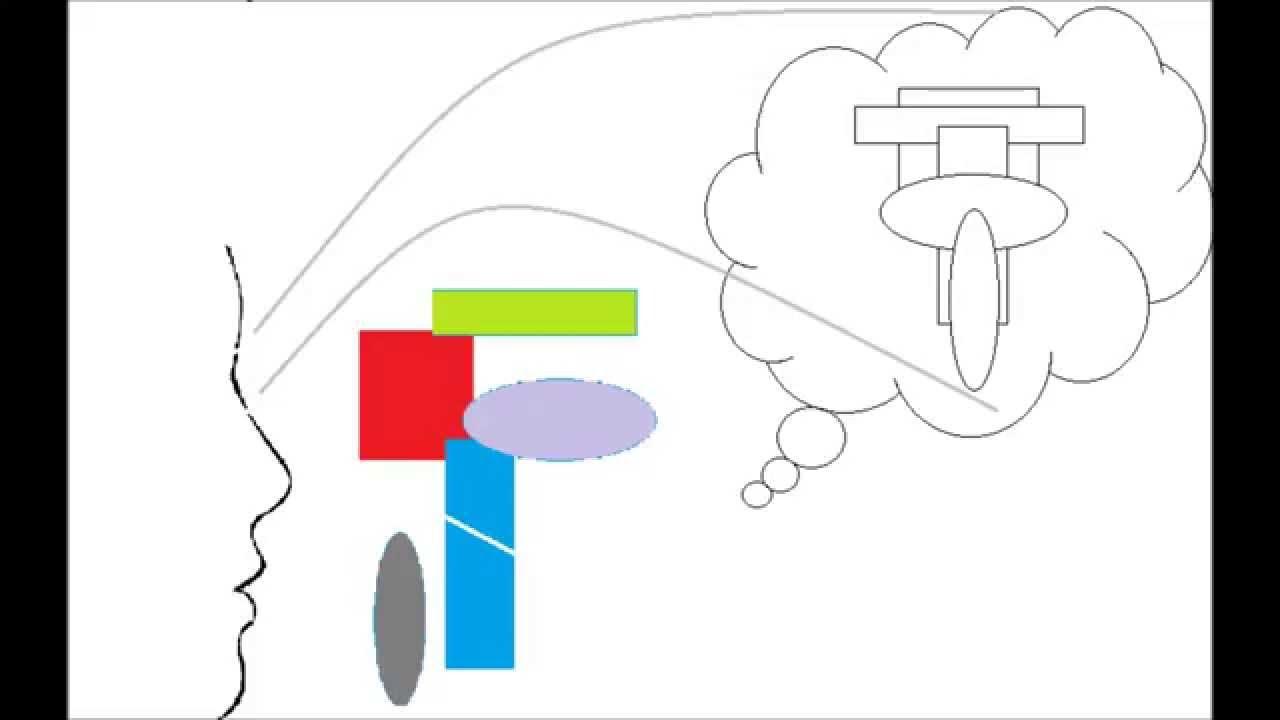What Is The Difference Between INTJ-A and INTJ-T | Can You Be BOTH? | INTJ Personality Type
Summary
TLDRINTJs are known for their intellectual depth and intuition, often excelling as scientists, intellectuals, and professors. The addition of 'T' (turbulent) and 'A' (assertive) labels highlights the key differences within this personality type. Assertive INTJs are calm, confident, and less stressed, while turbulent INTJs are perfectionistic and driven by self-doubt, often pushing themselves to improve constantly. Both types have strengths and challenges, with assertive INTJs offering stability and turbulent INTJs striving for greater achievements. Ultimately, understanding and balancing these traits is key to personal growth and success for INTJs.
Takeaways
- 😀 INTJs are highly intellectual and driven by Introverted Intuition, making them keen theorists and top-tier thinkers in various fields.
- 😀 INTJs often appear reserved and reflective, spending time thinking about abstract problems or theoretical concepts.
- 😀 The terms INTJ-A (assertive) and INTJ-T (turbulent) distinguish different ways INTJs respond to stress and manage their personal growth.
- 😀 INTJ-A individuals are self-assured, calm under pressure, and not overly concerned with external opinions, focusing on personal achievement.
- 😀 INTJ-T individuals, on the other hand, are perfectionistic, self-conscious, and emotionally sensitive, constantly seeking improvement.
- 😀 Assertive INTJs are less likely to dwell on past mistakes or overanalyze their decisions, maintaining a stable sense of confidence.
- 😀 Turbulent INTJs are driven by self-doubt and a strong desire to better themselves, often pushing beyond their limits, which can lead to stress.
- 😀 The self-improvement tendency of turbulent INTJs often results in better performance but can also lead to burnout due to the constant pressure they place on themselves.
- 😀 While assertive INTJs are more focused on achieving goals without external validation, turbulent INTJs care more about how others perceive them.
- 😀 Both types share the INTJ core traits of intellectualism and theoretical thinking, but their psychological tendencies—assertive vs. turbulent—determine how they handle stress, perfectionism, and personal reflection.
Q & A
What is the main difference between INTJ-A and INTJ-T?
-The main difference lies in how they handle stress and self-improvement. INTJ-As are calm, self-assured, and less affected by stress, while INTJ-Ts are driven by perfectionism, experience more stress, and are constantly striving to improve.
What does the letter 'A' stand for in the INTJ-A personality type?
-'A' stands for 'assertive.' Assertive INTJs are self-assured, even-tempered, and don't let stress affect their goal-setting or actions.
What does the letter 'T' represent in the INTJ-T personality type?
-'T' stands for 'turbulent.' Turbulent INTJs are perfectionistic, emotionally sensitive, and driven by self-doubt, constantly seeking ways to improve themselves.
How do assertive INTJs approach achieving their goals?
-Assertive INTJs approach their goals with confidence and calmness, rarely reflecting excessively on their decisions. They don't let nervousness hinder their progress and are more relaxed about outcomes.
How do turbulent INTJs handle stress compared to assertive INTJs?
-Turbulent INTJs are more sensitive to stress and often experience a range of emotions. They constantly strive for self-improvement, which can lead to stress. Assertive INTJs, on the other hand, remain calm and composed under stress.
Why are turbulent INTJs more likely to switch jobs?
-Turbulent INTJs may feel stagnant in their current job and are more likely to switch careers in search of better opportunities or a greater sense of fulfillment. They are driven to improve and seek environments that challenge them.
Do assertive INTJs care about other people's opinions?
-No, assertive INTJs generally don't value others' perspectives on them. They are confident in their abilities and are less concerned with external validation.
What is the risk of constantly striving for improvement for turbulent INTJs?
-The constant drive for improvement can lead to burnout, stress, and emotional strain. Turbulent INTJs can become overwhelmed by their perfectionistic tendencies and self-doubt.
How can turbulent INTJs balance their perfectionism?
-Turbulent INTJs can balance their perfectionism by learning to manage stress, slowing down to assess situations, and knowing when to take a break from their constant drive to improve.
Is there one superior type between INTJ-A and INTJ-T?
-Neither INTJ-A nor INTJ-T is superior. Both types have strengths and challenges, and the effectiveness of each type depends on the individual’s ability to manage their tendencies and balance their goals with their emotional well-being.
Outlines

Dieser Bereich ist nur für Premium-Benutzer verfügbar. Bitte führen Sie ein Upgrade durch, um auf diesen Abschnitt zuzugreifen.
Upgrade durchführenMindmap

Dieser Bereich ist nur für Premium-Benutzer verfügbar. Bitte führen Sie ein Upgrade durch, um auf diesen Abschnitt zuzugreifen.
Upgrade durchführenKeywords

Dieser Bereich ist nur für Premium-Benutzer verfügbar. Bitte führen Sie ein Upgrade durch, um auf diesen Abschnitt zuzugreifen.
Upgrade durchführenHighlights

Dieser Bereich ist nur für Premium-Benutzer verfügbar. Bitte führen Sie ein Upgrade durch, um auf diesen Abschnitt zuzugreifen.
Upgrade durchführenTranscripts

Dieser Bereich ist nur für Premium-Benutzer verfügbar. Bitte führen Sie ein Upgrade durch, um auf diesen Abschnitt zuzugreifen.
Upgrade durchführen5.0 / 5 (0 votes)






